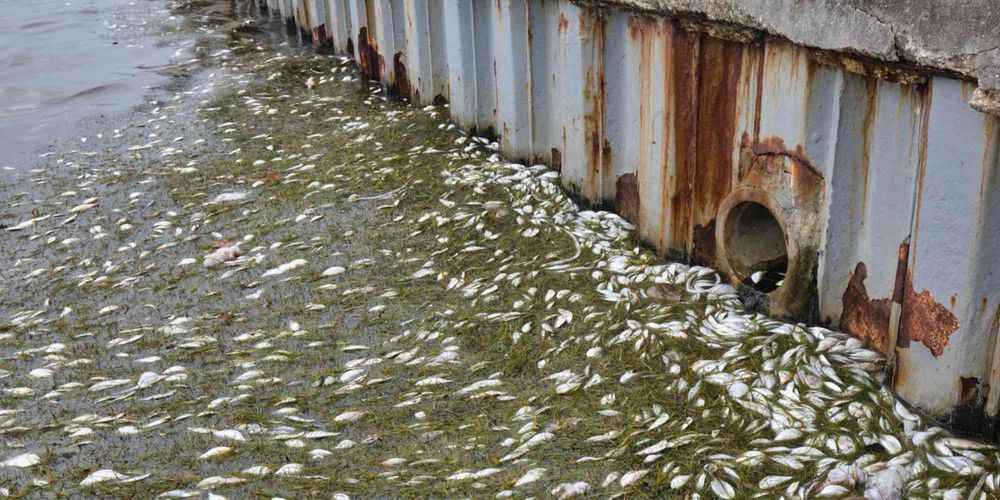Issue 61 • Week of March 19, 2023
The west coast of Florida was devastated two years ago this week. The cause was not a hurricane, but a man-made disaster that was decades in the making. Leaks at the Piney Point phosphate plant were discovered on March 25, 2021 and soon discharged 22,000 gallons of fertilizer wastewater per minute into the Gulf of Mexico.
Nitrogen and phosphorus, deemed so essential for agriculture, caused one of the largest blooms of harmful algae in modern history. By the end, over 200 million toxic gallons led to red tides from cyanobacteria that forced over 300 evacuations and 1,600 tons of debris from mostly dead marine life to wash up on shore.
Yet this was not the worst US accident of its kind.
Nine years ago, the drinking water in Toledo, Ohio became unsafe for half of a million people to drink due to harmful algal blooms (HABs). Over 100 people fell ill. Its tainted source came from Lake Erie and the largest freshwater system in the world – a reminder of how much is at stake for our increasingly precarious water supply.
Multiple industries accelerate natural algae growth beyond ecological balance by amplifying production, increasing bloom frequency, and extending their duration year after year. The danger is becoming a continuous stream for communities rather than a rare occurrence of water contamination due to an isolated incident from a chemical runoff.
What is being done to stem red tides?
This content is only available to members
Sign up for free to read the potential solutions for this topic and find out what you can do today for a better tomorrow or pre-order our second book that will compile 100 issues on making a difference.
Unlock contentAlready have an account? Sign In


